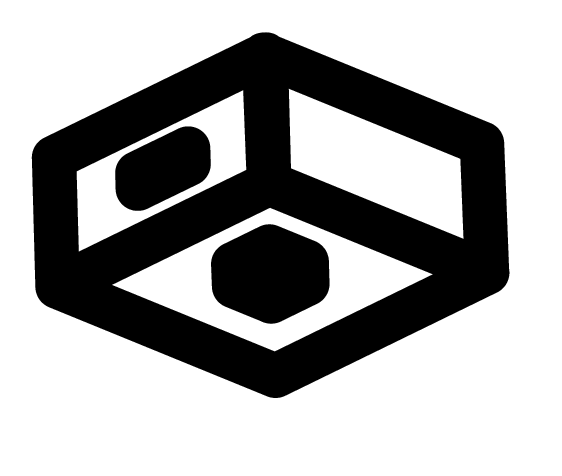How Tech Is Revolutionizing Payment Collections In Healthcare
Director of product engineering at ValueMomentum. A TEDx speaker and author of the latest book: “Quantum Computing Solutions.”

GETTY
In this article, we will look at payment collections in healthcare. The Covid-19 pandemic has affected bill costs and exposed certain issues in payment collections across the world. Insurance coverage for a patient’s health expenses is expanding beyond in-patient coverage to out-patient. In-patient expenses are related to patient’s charges in the hospital for procedures and stay. The expenses are the sum of the medical specialist’s charges and the general medicine doctor’s standard charges. The hospital or the clinic where the patient stays charges the patient for the stay and food provided in the hospital or clinic. Diagnostic centers are also the key players in the healthcare industry related to payment collections.
Healthcare payments are not accurate because of wrong estimates for the cost. They do not provide prices from competitors for patients to select based on the price. Patients do not have different payment methods.
The other challenges are staff efficiency, lack of timely payments and no proper billing software. Different solutions to overcome these pain points are detailed collections procedures, difficult collections being outsourced and clean claims to be increased. Technology is at the forefront of all of these solutions.
For example, different pharmacies in India are providing doctors an e-prescription service. Russian and Turkish governments have been providing e-prescribing capabilities as well. These initiatives help in improving prescription accuracy and better payment collections in healthcare.
Blockchain technology is looked at for compliance, cost reduction and providing visibility of the supply chain process. Smart contracts help in automating the accounting process in the supply chain. Blockchain enables faster transaction processing and a secure way of accounting.
Other technological solutions such as payment wallets, gateways and others are being evaluated to improve the payment collections process. The latest trends in early adopter countries like the U.S are preservice estimations, flexible self-service payment options and improving communication with patients in regard to payments.
Players In Payment Processing
Let us now look at companies that are trying to improve the payment collections in healthcare. Oscar Health handles payment for claims using ACH transactions and an automated transaction system. A cloud-based platform for handling patient payments throughout the patient’s journey is provided by Simplee in the same space.
For companies looking to break into this market, their payment platform should have the capability to manage delayed payments from patients. Staff should be able to use the platform to handle bills, perform multiple payment methods and handle tough collections. Tough collections are related to the billing and coding errors, a delay in payments, time taken for insurance claim processing and a patient’s financial situation. Delayed collections might be due to the conflict between the provider and the patient. It might be because of a legal case or non-resolution of an error in the billing process. These collections force a hospital not to provide healthcare to the patients till they clear the debt.
Outsourcing is an option for handling tough collections to ensure the medical transactions are received from the tough patients. Clean claims are the measure for healthcare network players. A platform needs to have claim data cleaning and handling errors in the submitted claims. Billing and claim errors are tracked and goals are set for performance improvements. The out-of-pocket settlements and payments by patient types/age/claim amount need to be managed for streamlining the claims processing.
Payment Processing Platforms Features
A payment platform should have features to find the root cause of the denial payments and ensure clean claim-based payments. The processes need to be streamlined for better efficiency and faster cash settlement. Compliance procedures need to be followed for managing the risk with regulations. The revenue cycle needs to be improved by having better capabilities for the payment platform. The patient financial services and health system need to be aligned and integrated for the better handling of the delayed payments and appeals. The claims submission process needs to be part of the health system to ensure compliance and regulations. The accounting system needs to have claim history, denial payments and transaction tracking for resolving patient complaints.
The reporting system needs to have features related to underpayments/denials. Reporting weekly and monthly frequency helps in providing the cash flow projections and patient mix. The healthcare system needs to have E/M coding errors fixed to improve payment processing. Multilingual support for the system helps in managing complaints and handling patients from different states and countries. Dashboards and multi-channel-based reporting need to be part of the healthcare system for providing access to the patient’s transactions.
Conclusion
Healthcare providers and hospitals need to refactor and create new engagement programs with patients involving insurance providers and hospital networks. Healthcare revenue systems need to be streamlined to handle delayed patient payments, coding errors, missing claims, no documented procedures/policies and lack of skilled resources.

 Attendees
Attendees
 Sponsors and
Exhibitors
Sponsors and
Exhibitors
 AI Training
for Doctors Workshops
AI Training
for Doctors Workshops
 Contact us
Contact us